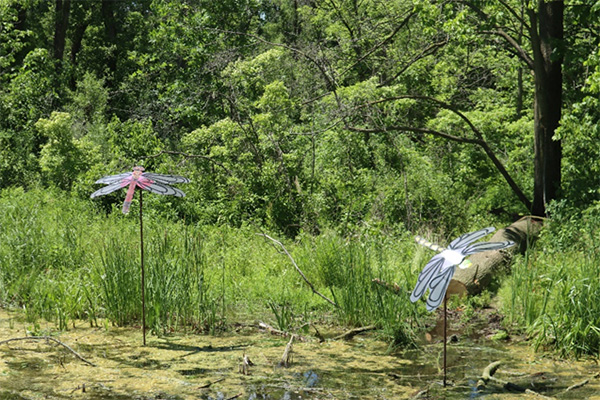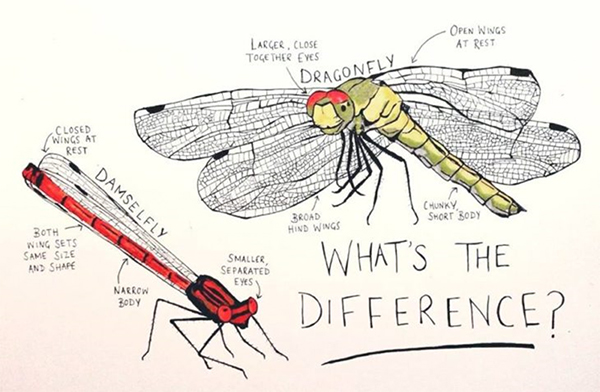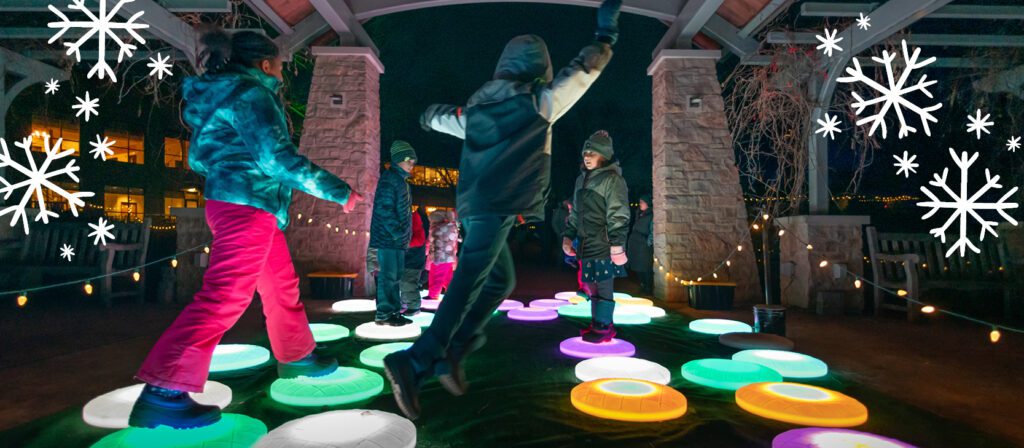Dragonflies are more than just an insect that can fly backwards. They are an important factor in habitats and ecosystems. Worldwide, there are approximately 6,500 different species of dragonflies! Out of the 6,500 species, 164 of them are native to Wisconsin.
Some of these species include the ZigZag Darner, Swamp Darner, Painted Skimmer, and more!

Needs of the Dragonfly
Dragonflies live on every continent except Antarctica since it’s far too cold for them to survive there. You are able to find them wherever there is clean, fresh water. Dragonflies are typically near wet habitats like ponds, lakes, rivers, streams, or wetlands. You may even notice a few of them zipping by you during the summer!

When you look for a dragonfly, keep in mind the time of year too. You will primarily see dragonflies in the summer months flying around. Even though you only see them in the summer in most parts of the U.S., they are quite busy year round due to their lifecycle!
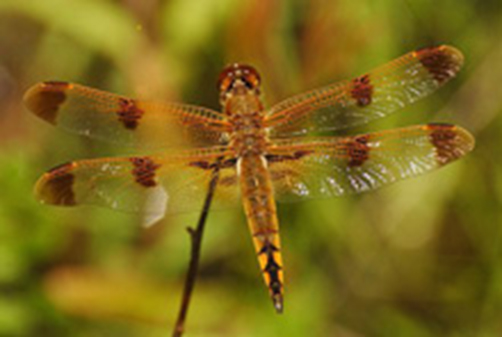
The Dragonfly Lifecycle
Dragonflies lay their eggs in the water and spend most of their life cycle in their larval stage as “naiads” underwater before they grow their wings and emerge as adults in the summer. It’s pretty impressive that they can live underwater in their larval stage for up to two years depending on the specific species! After hatching, the larva (naiad) has six legs, hinged jaw, and winged sheaths.

PC: Bug Guide
Once it’s ready to transform into an adult, the dragonfly larva shifts to the edge of the water and learns to breathe in air. Then they’ll slowly push out from their old shell body to emerge as an adult dragonfly. Adult dragonflies typically live for up to six months.
When they are young, the naiads are busy hunting in the water to find food to eat. They typically consume insects, fish, tadpoles, and aquatic worms. When the dragonfly emerges as an adult, they can catch more than 30 mosquitos a day! If you don’t really like insects like dragonflies, the fact they eat those pesky mosquitos should give them extra brownie points.
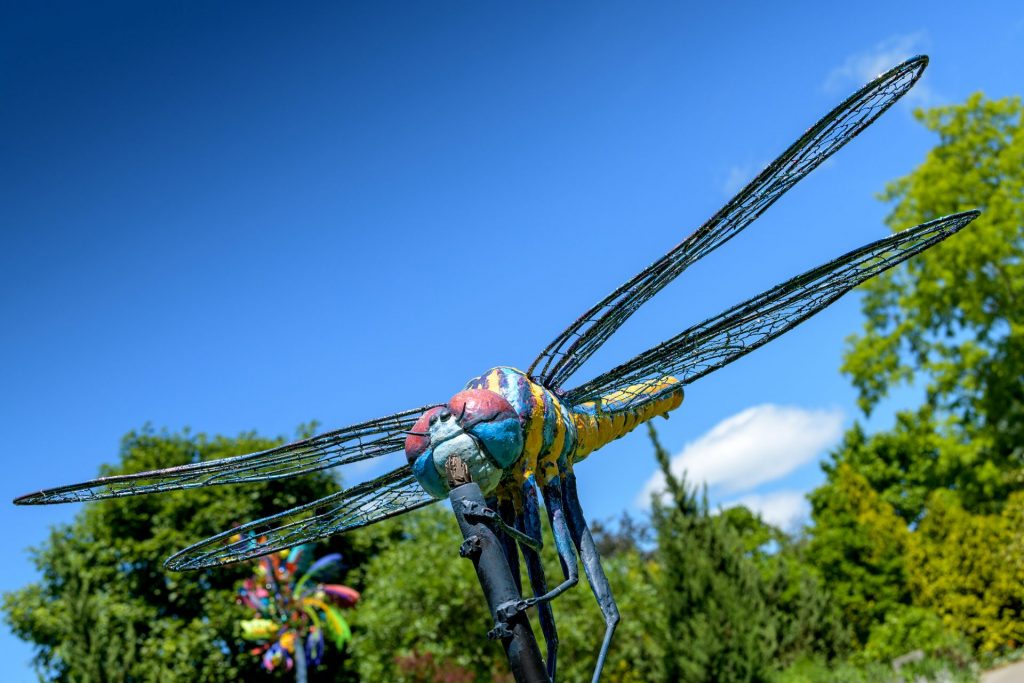
PC: John Oates Photography
Dragonflies & Damselflies are Not the Same
Do you know the difference between a dragonfly and a damselfly? I’m sure a few of you never heard of damselfly before! Damselflies are close relatives to the dragonfly.
The main way you can tell them apart is how they look when they’re at rest. When dragonflies are at rest, their wings are spread out like an airplane. When damselflies are at rest, their wings are closed and sit closely to their body.
Dragonflies are a fascinating insect to see in action out in nature. They are a delicate insect but leave a positive imprint on the environment. Next week we’re going to discuss indicator species like dragonflies, and threats to dragonflies and their habitat.
Check out the Habitat exhibit to learn more about dragonflies and their habitats. Stop by our Bug B&B and Sign of the Dragonfly displays see the larger-than-life dragonfly sculptures!
Habitat was developed by Smithsonian Gardens and is made available by the Smithsonian Institution Traveling Exhibition Service.


